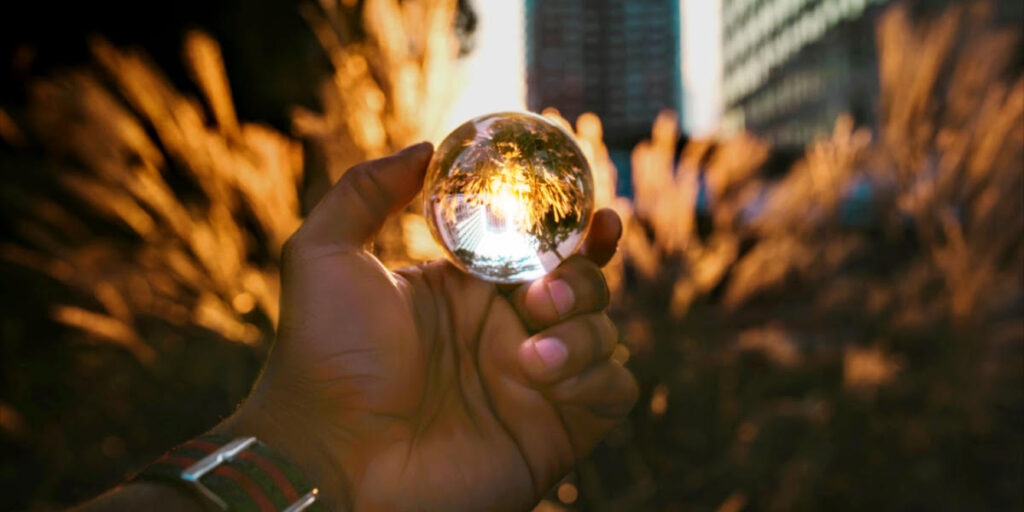Uncategorized
The Psychedelic Renaissance: Navigating the Complex World of Consciousness Expansion
Introduction
In recent years, we’ve witnessed a resurgence of interest in psychedelic substances and their potential to alter our perception of reality. From ancient shamanic rituals to modern clinical trials, the journey of exploring altered states of consciousness has captivated human imagination for millennia. In this comprehensive guide, we’ll delve into the fascinating realm of psychedelics, exploring their history, mechanisms, effects, and the current landscape of research and regulation.
A Brief History of Psychedelics
The use of psychedelic substances dates back to ancient civilizations:
• Ancient Cultures: Evidence of psychedelic use can be found in artifacts from Egypt, Greece, and Native American tribes.
• Modern Era: The 1960s saw a surge in popularity, with substances like LSD becoming symbols of counterculture.
• Scientific Discovery: The 1950s marked the beginning of modern psychedelic research with the synthesis of LSD by Albert Hofmann.
Mechanisms of Action
Psychedelics interact with the brain in complex ways:
• Serotonin System: Many psychedelics affect serotonin receptors, altering mood and perception.
• Dopamine Release: Increased dopamine levels contribute to feelings of pleasure and reward.
• Default Mode Network: Psychedelics disrupt the default mode network, leading to altered self-perception.
Common Psychedelic Substances
Let’s examine some of the most popular psychedelic substances:
- LSD (Lysergic Acid Diethylamide): • Known for intense visuals and profound philosophical insights • Short duration (typically 6-12 hours)
- DMT (N,N-Dimethyltryptamine): • Produces rapid onset of effects, often described as “machine elves” • Typically consumed orally or smoked
- Psilocybin Mushrooms: • Contain psilocybin, which converts to psilocin in the body • Rich in tryptophan, contributing to their psychoactive effects
- Ayahuasca: • Traditional brew originating from South America • Contains DMT and other psychoactive compounds
- Ketamine: • Originally developed as an anesthetic • Shows promise in treating depression and PTSD
Effects and Experiences
Psychedelic experiences can vary greatly depending on set and setting:
• Visual Alterations: Changes in perception of colors, shapes, and patterns • Altered States of Consciousness: Time dilation, depersonalization, and changes in body image • Emotional Intensification: Users often report profound emotional shifts • Spiritual Experiences: Many users describe encounters with higher states of consciousness
Therapeutic Potential
Recent research has highlighted potential therapeutic applications:
• Depression Treatment: Psilocybin-assisted therapy shows promising results • Anxiety Reduction: Ketamine has shown efficacy in treating treatment-resistant anxiety • PTSD Relief: MDMA-assisted therapy has demonstrated effectiveness in clinical trials
Legal Landscape
Laws regarding psychedelics vary widely around the world:
• Australia: Most psychedelic substances remain illegal, though attitudes are slowly changing • United States: Some states have legalized medical use of certain psychedelics • Canada: Psilocybin was recently legalized for therapeutic use
Safety Considerations
Approaching psychedelic use responsibly is crucial:
• Legal Status: Always check current laws before use • Set and Setting: Create a safe, controlled environment • Dosage: Start low and go slow under experienced guidance • Medical Screening: Consult a healthcare professional before use • Aftercare: Gradually return to normal activities post-use
Cultural Impact
Psychedelics have influenced various aspects of culture:
• Art and Literature: Countless works inspired by psychedelic experiences • Music: Psychedelic rock emerged as a genre directly influenced by substance use • Spiritual Practices: Some modern spiritual movements incorporate psychedelic use
Future Outlook
As research continues to shed light on psychedelic effects:
• Neuroplasticity Studies: Exploring how psychedelics alter brain structure and function • Microdosing Trends: Growing interest in low-dose, regular use • Synthetic Chemistry: Development of novel psychedelic compounds
Conclusion
The world of psychedelics offers profound insights into human consciousness and perception. From ancient rituals to modern clinical trials, our understanding of these substances continues to evolve. As we navigate this complex landscape, it’s essential to prioritize safety, education, and responsible use.
Whether you’re a seasoned enthusiast or just beginning your journey, remember that psychedelics offer powerful tools for personal growth and exploration. Approach them with curiosity, respect, and an open mind. Together, let’s explore the vast frontiers of consciousness and push the boundaries of human perception.

